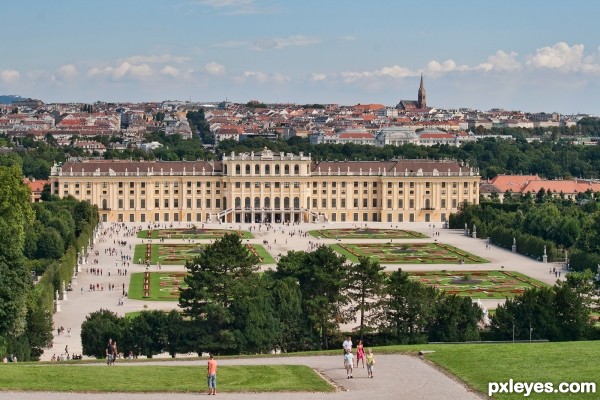
Schönbrunn Palace (German: Schloss Schönbrunn [ʃøËnˈbÊÊŠn]) is a former imperial 1,441-room Rococo summer residence in Vienna, Austria. One of the most important cultural monuments in the country, since the 1960s it has been one of the major tourist attractions in Vienna. (5 years and 3010 days ago)

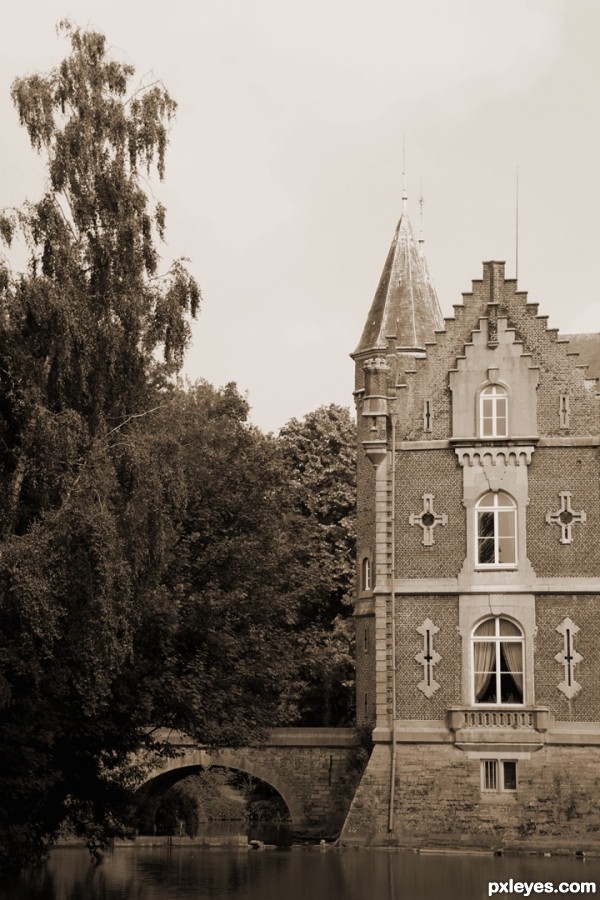
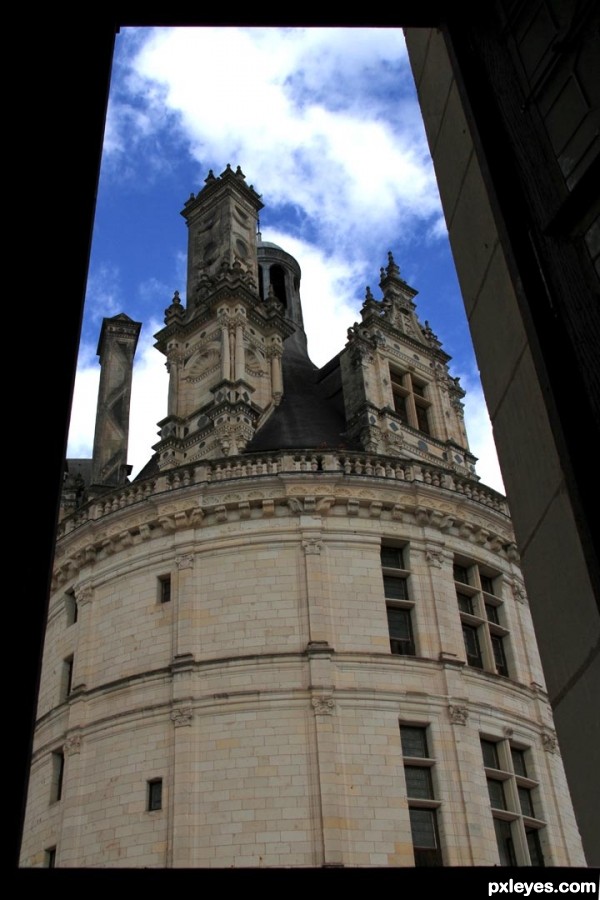
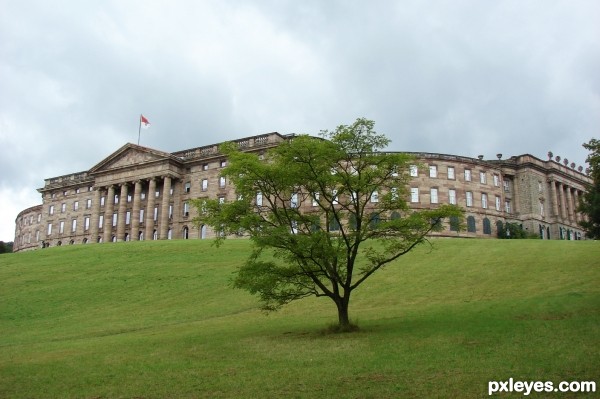

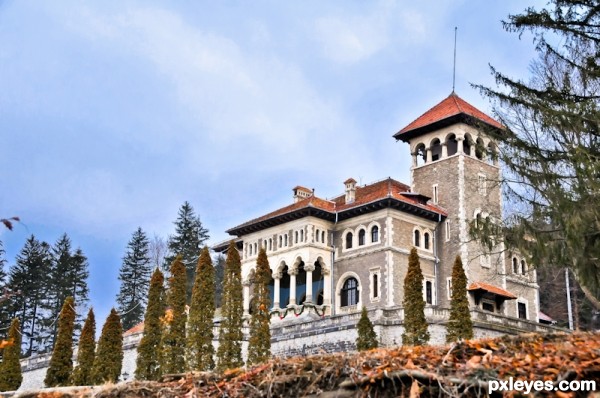
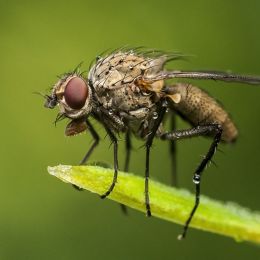





Howdie stranger!
If you want to rate this picture or participate in this contest, just:
LOGIN HERE or REGISTER FOR FREE